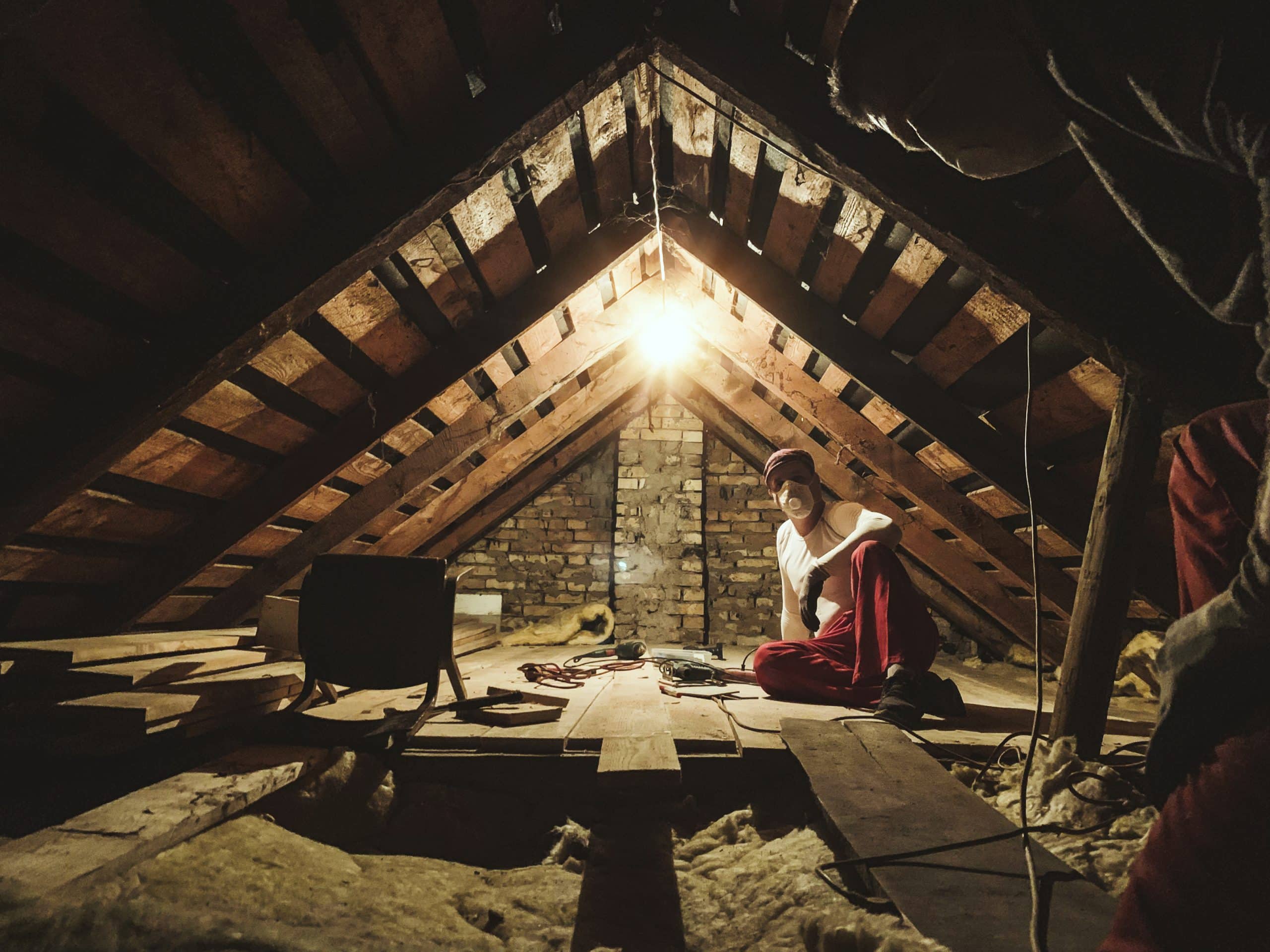In the quest for sustainable development, restoration of derelict properties is increasingly becoming a topic of immense importance. These initiatives offer promising opportunities for the rejuvenation of rural communities, through converting abandoned buildings and land into functional, green spaces. However, they are not without their challenges. In this article, we will delve deeper into the intricacies of rural regeneration, its associated hurdles, and the myriad of benefits it offers.
The Process and Challenges of Restoration
Restoration, in the context of rural regeneration, refers to the process of breathing new life into dilapidated and abandoned buildings or land areas. It often involves the integration of local communities, as well as the reestablishment of native species and ecosystems.
A lire en complément : What Are the Long-Term ROI Prospects for Converting Commercial Units to Residential in Post-Pandemic Cities?
One of the significant challenges you might encounter is the potential high costs associated with the restoration work. These costs can be even higher if the buildings are of historical value, requiring specialist knowledge and expertise for their restoration. Also, the process might necessitate environmental impact assessments, which could further inflate expenses.
Another challenge could be the resistance from local communities. While the restoration of old properties could potentially bring economic benefits to an area, not everyone might be in favor of it. Some residents might resist change, particularly if it threatens to alter the social fabric of the community or if they fear that the new developments might not serve their interests.
A lire aussi : How Can Property Developers Leverage Infill Development to Address Housing Shortages in London?
The Role of Communities in Restoration
Local communities often play an integral part in the restoration process, and their involvement can be both a challenge and a benefit. On one hand, securing community buy-in can prove difficult, especially if the community perceives the restoration project as an imposition. On the other hand, community involvement can engender a sense of ownership and pride, which can be beneficial for the long-term success of the project.
The key here is to ensure that the restoration project aligns with the community’s values, needs, and aspirations. This can be achieved by involving them at every stage of the process, from planning and design to implementation and maintenance. Furthermore, it’s crucial to maintain open and transparent communication with the community to address their concerns and incorporate their feedback.
The Environmental Impact of Restoration
The environmental aspect of restoration projects is often a significant concern. However, with careful planning and execution, these projects can contribute to environmental regeneration. For instance, the restoration of derelict properties can contribute to the re-establishment of native tree species, providing habitats for local wildlife and improving the overall biodiversity of the area.
Conversely, poorly managed restoration projects can pose environmental risks, particularly if they involve substantial land alterations or unchecked construction practices. Therefore, it’s crucial to conduct comprehensive environmental assessments and implement measures to mitigate potential adverse environmental effects.
The Social and Economic Benefits of Restoration
Beyond the environmental impact, restoration projects can bring about significant social and economic benefits. They can contribute to the revitalization of rural areas, creating jobs, stimulating local economies, and improving the quality of life for residents.
For instance, the renovated buildings can serve various purposes, such as community centers, local businesses, or affordable housing units. This not only addresses the community’s needs but also creates employment opportunities and fosters economic growth.
Moreover, restoration projects can enhance the social fabric of rural communities by promoting social cohesion and community pride. When local residents are involved in the restoration process, they feel a sense of ownership and commitment to their community, leading to stronger social bonds and a more vibrant community life.
The Long-Term Goals of Restoration
The ultimate goal of any restoration project should be to create a sustainable, livable environment. This entails striking a balance between environmental preservation, social cohesion, and economic development.
In this regard, low-impact, eco-friendly building practices can be employed to minimize the environmental footprint of the restoration process. Native species can be reintroduced to rehabilitate the local ecosystem, and renewable energy sources can be harnessed to power the restored buildings.
Engaging local communities, as discussed earlier, is crucial for the project’s sustainability. By involving them in decision-making and maintenance tasks, the project will be more likely to enjoy long-term success.
Lastly, the project should aim to stimulate economic development in a way that is inclusive and beneficial to all members of the community. This could involve supporting local businesses, creating job opportunities, and implementing initiatives to alleviate poverty and inequality.
While the road to rural regeneration through the restoration of derelict properties can be fraught with challenges, the potential benefits are immense. And with careful planning, collaborative effort, and a long-term, holistic perspective, these initiatives can transform rural areas into thriving, sustainable communities.
A Deeper Dive into Natural Regeneration and Building Renovation
One of the key elements in the restoration process revolves around natural regeneration and building renovation. The term natural regeneration refers to the process of letting nature replenish itself through the recovery of native tree species and other vegetation. This method is a core component of land restoration, particularly in rural areas where forest restoration plays a crucial role.
According to Google Scholar, several studies have shown that natural regeneration can be more effective and cost-efficient than large scale, active restoration practices, particularly in terms of forest regeneration. It’s a process that allows for the recovery of a diverse array of native tree species. These species can, in turn, provide habitats for local wildlife and contribute to the overall biodiversity.
On the other hand, building renovation is a crucial aspect of restoring derelict properties. The focus is on maintaining the structural integrity of the buildings while also updating and improving their functionality. Renovation can involve a wide range of activities, from repairing and replacing structural elements to installing new, energy-efficient systems.
However, these processes are not without their challenges. Environmental changes, such as climate change, can affect the success of natural regeneration. Similarly, the renovation of older buildings can be costly, particularly if the structures have historical value or require significant repairs. Despite these challenges, with careful planning and the active involvement of local communities, successful restoration can be achieved.
Conclusion: Restoring Derelict Properties – A Key to Rural Regeneration
In conclusion, the restoration of derelict properties plays a significant role in rural regeneration. Despite the apparent challenges — high costs, potential community resistance, environmental impact, and others — the benefits are compelling. From rekindling the main street vibrancy to providing habitats for native fauna and flora, these restoration efforts can breathe new life into rural communities.
Moreover, the process of restoring vacant land and abandoned properties also presents an opportunity for mitigating climate change effects. By focusing on natural regeneration, we can support the healthy growth of native tree species which, in turn, contribute to carbon sequestration and help in maintaining a balanced ecosystem.
Notably, the success of these restoration projects largely depends on the involvement of local communities. Their participation can foster a sense of ownership, pride, and commitment, which are paramount for the long-term sustainability of these projects. Survey respondents in various studies have also highlighted the importance of community involvement and the positive impact it has on the restoration outlook.
Ultimately, rural regeneration through the restoration of derelict properties is not a quick fix but rather a long-term initiative. It requires careful planning, a clear vision, and a collaborative approach. However, the potential rewards — environmental preservation, socio-economic growth, improved quality of life, and the revitalization of rural communities — are indeed worth the effort.






